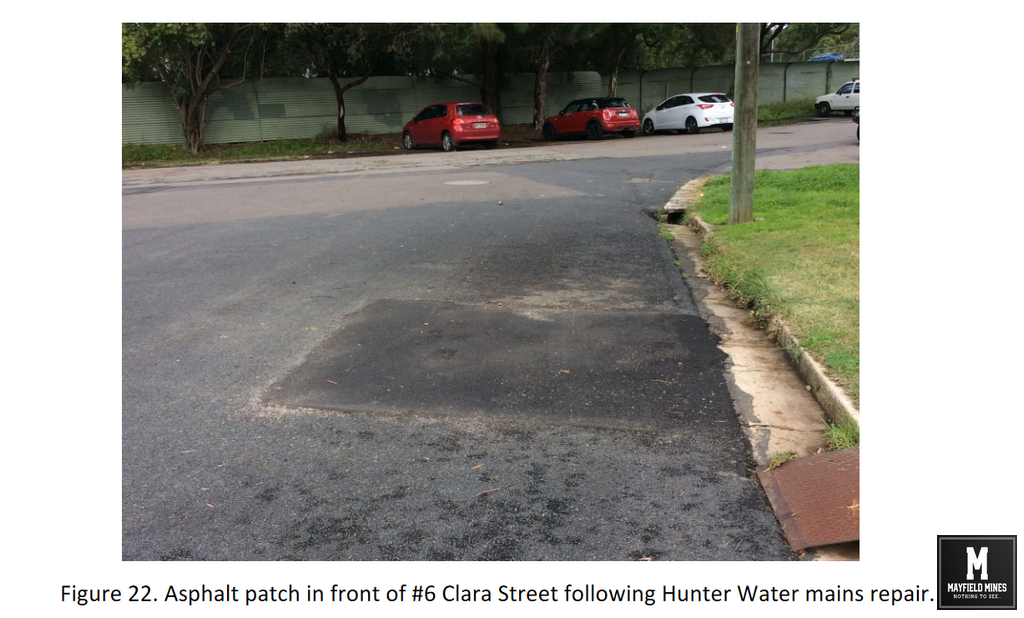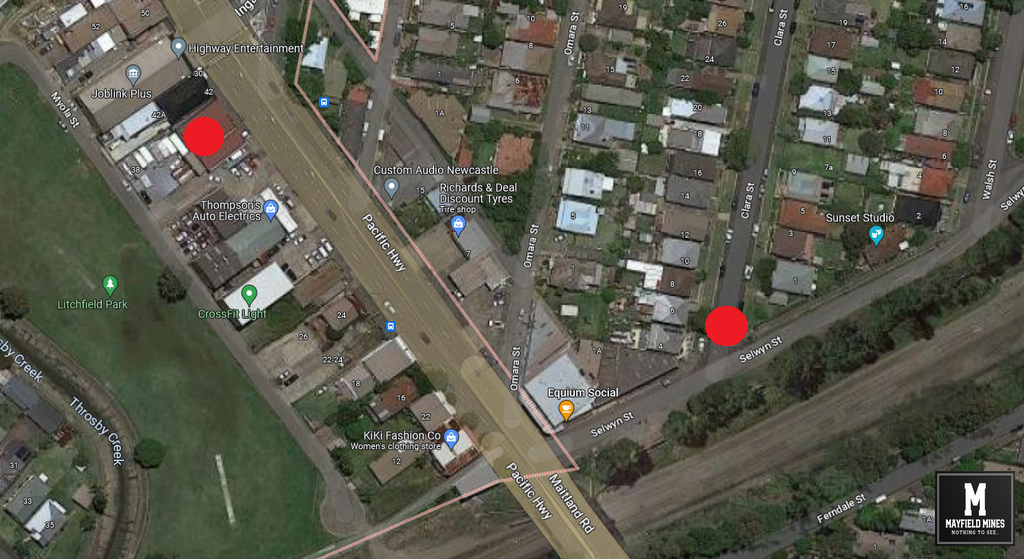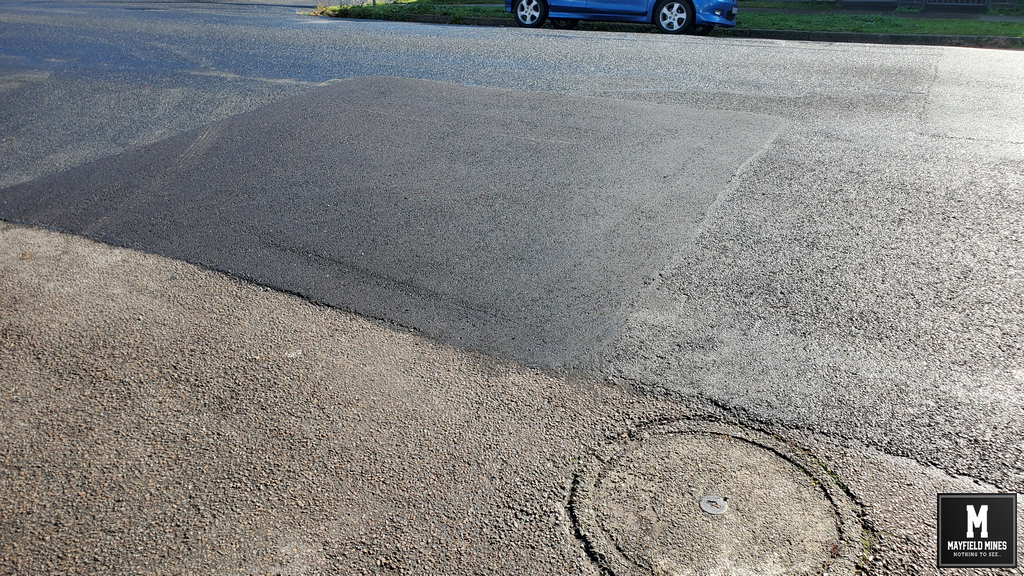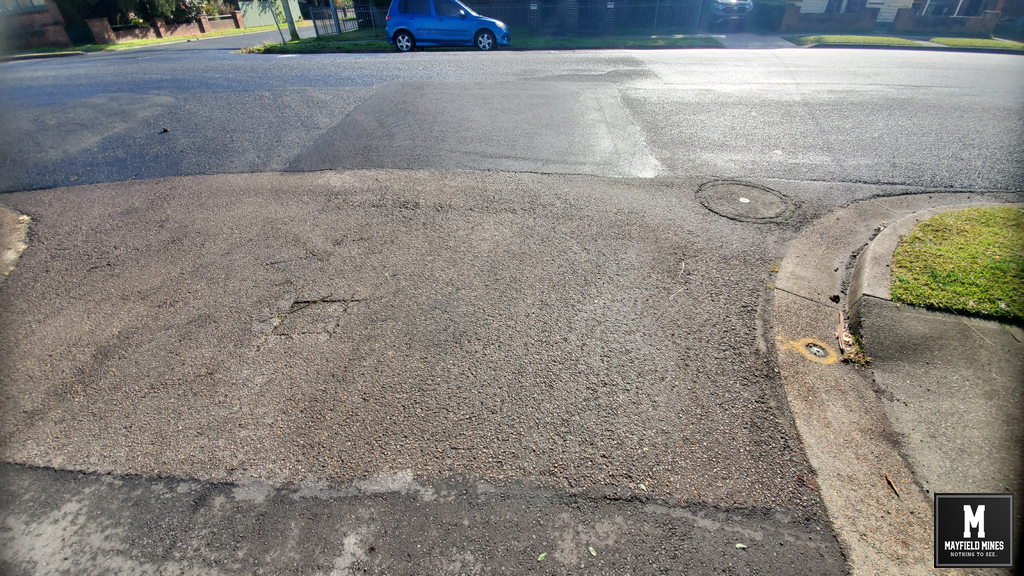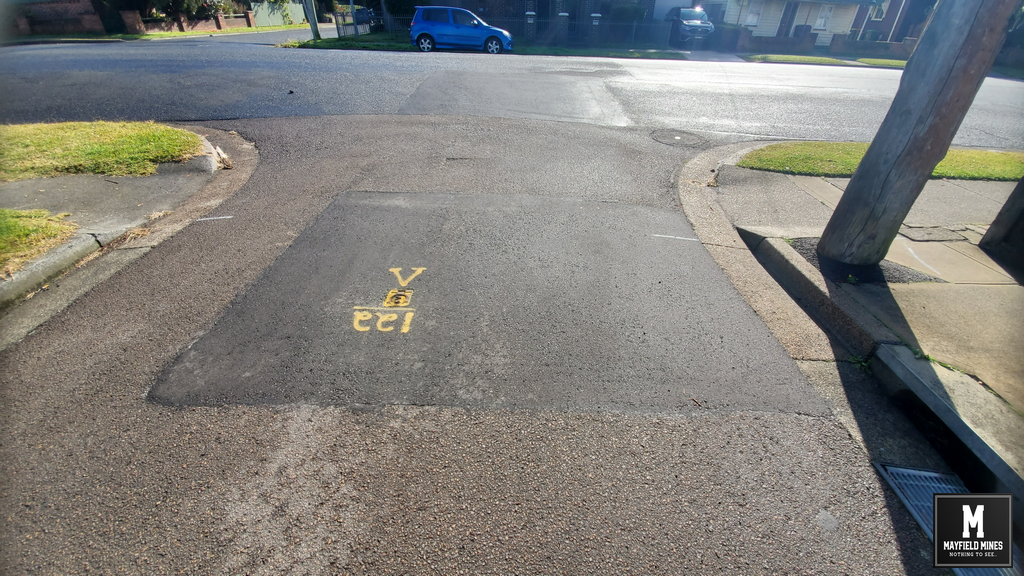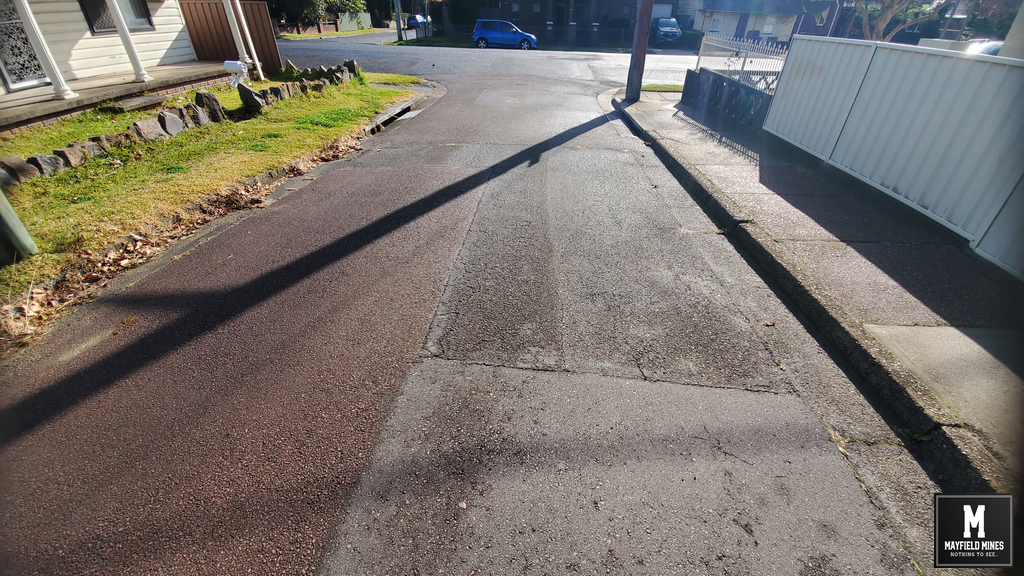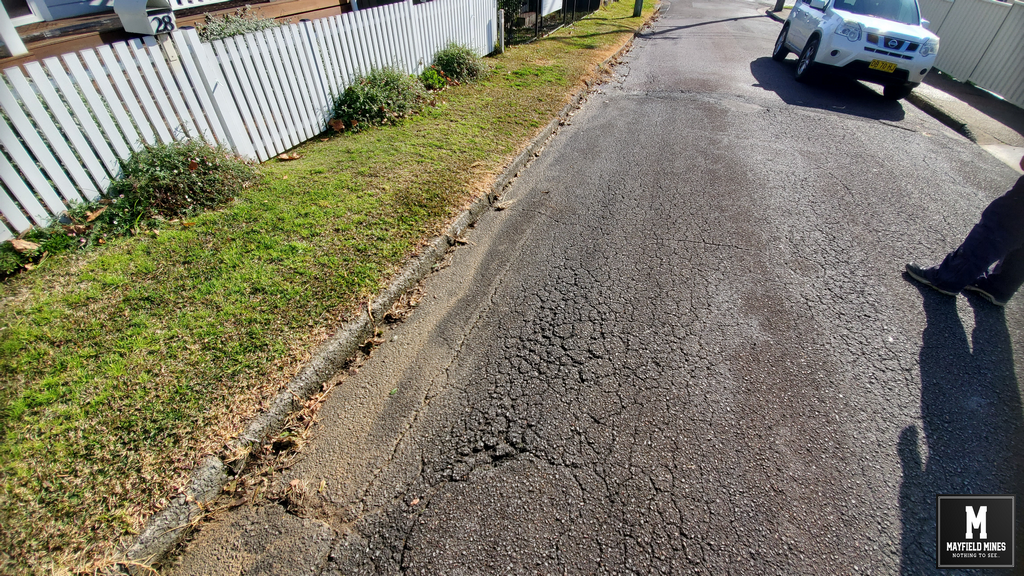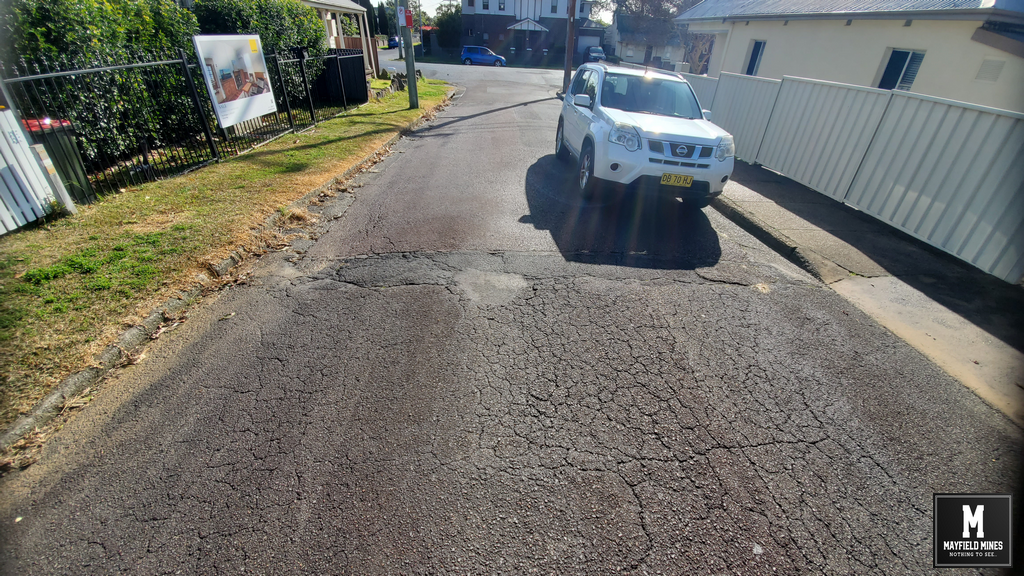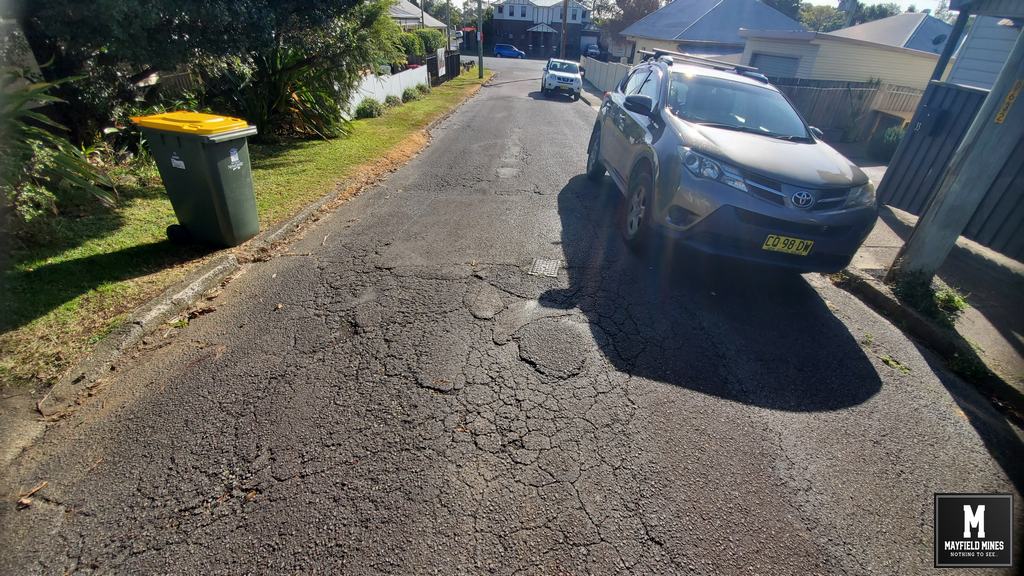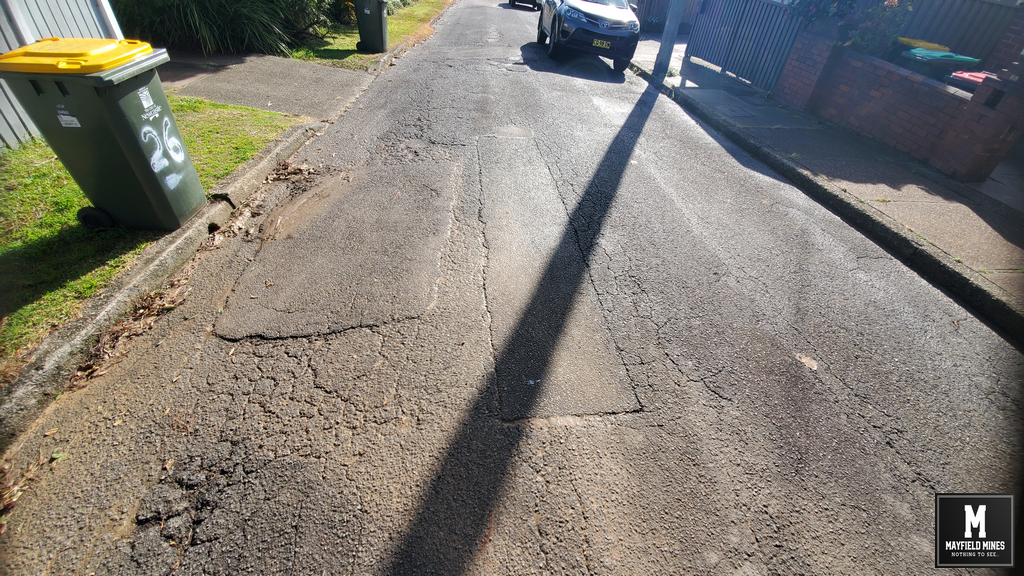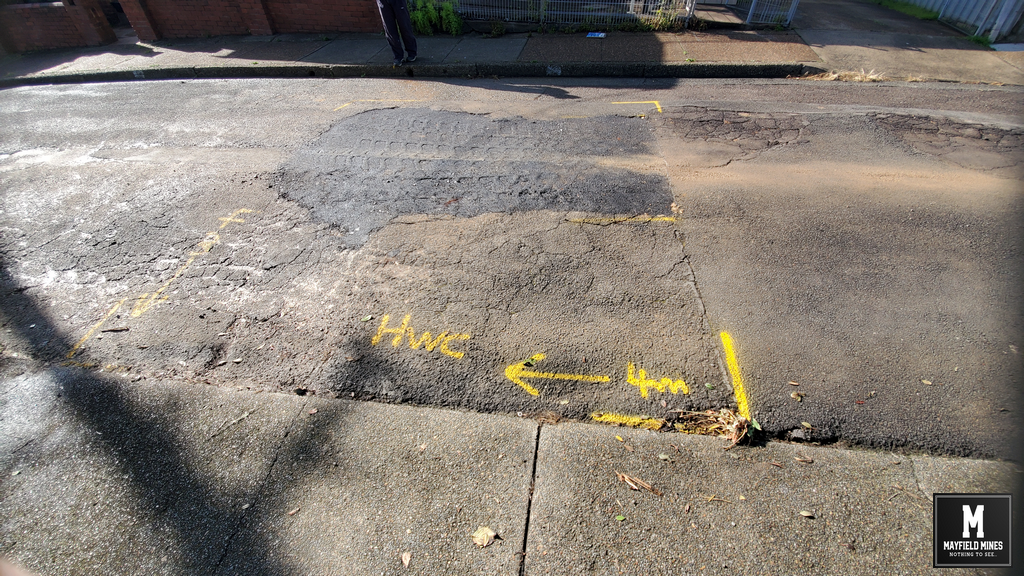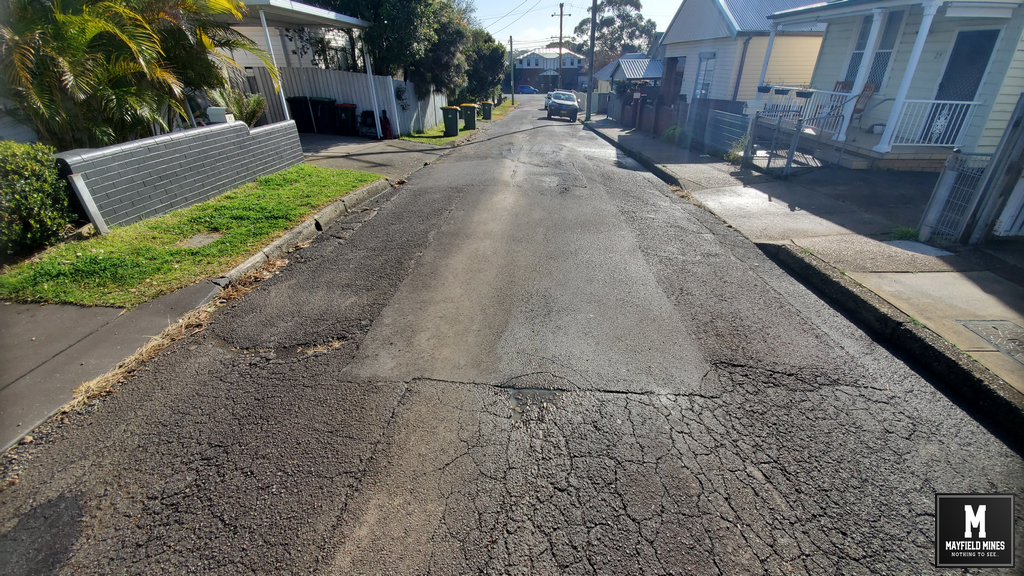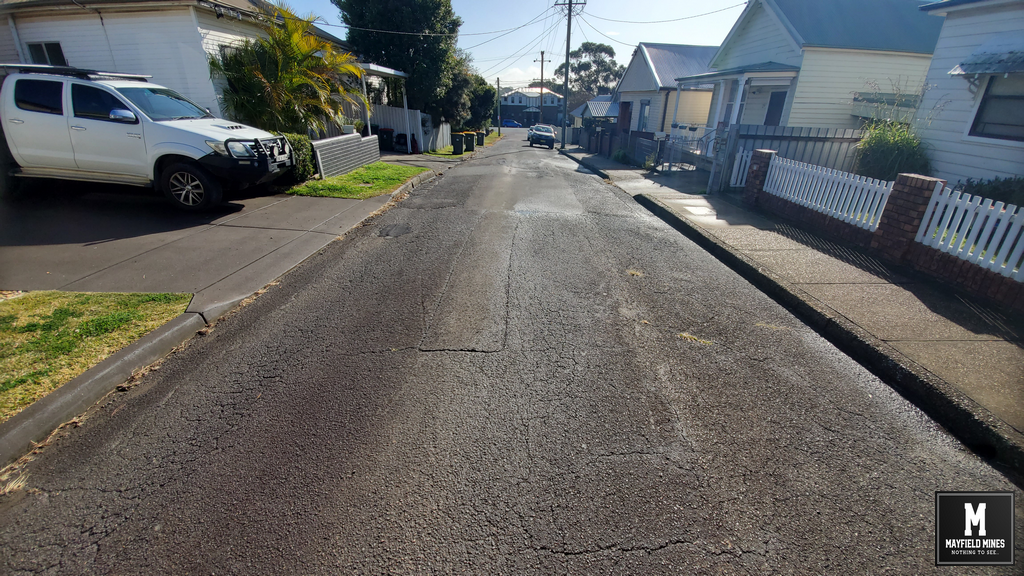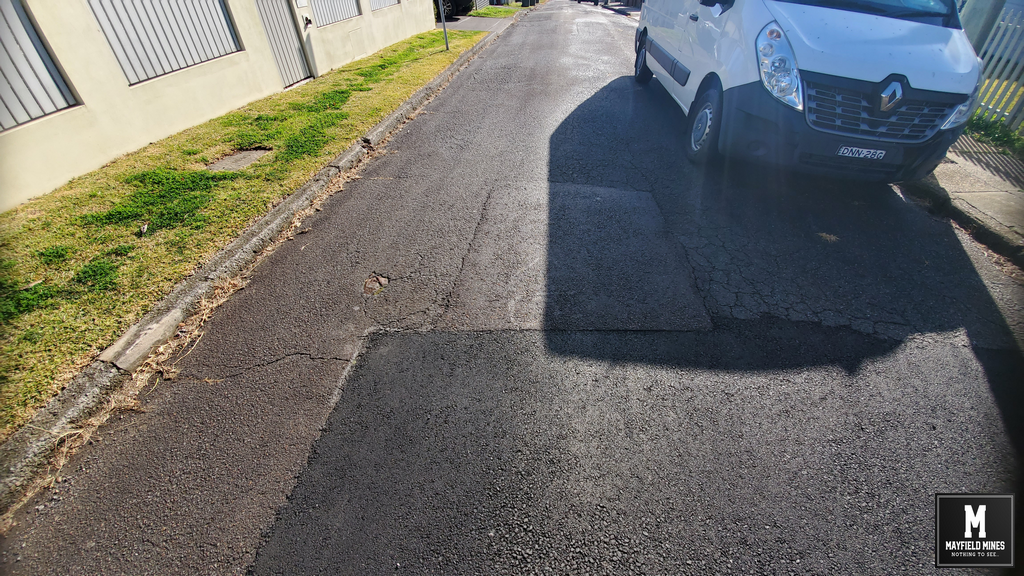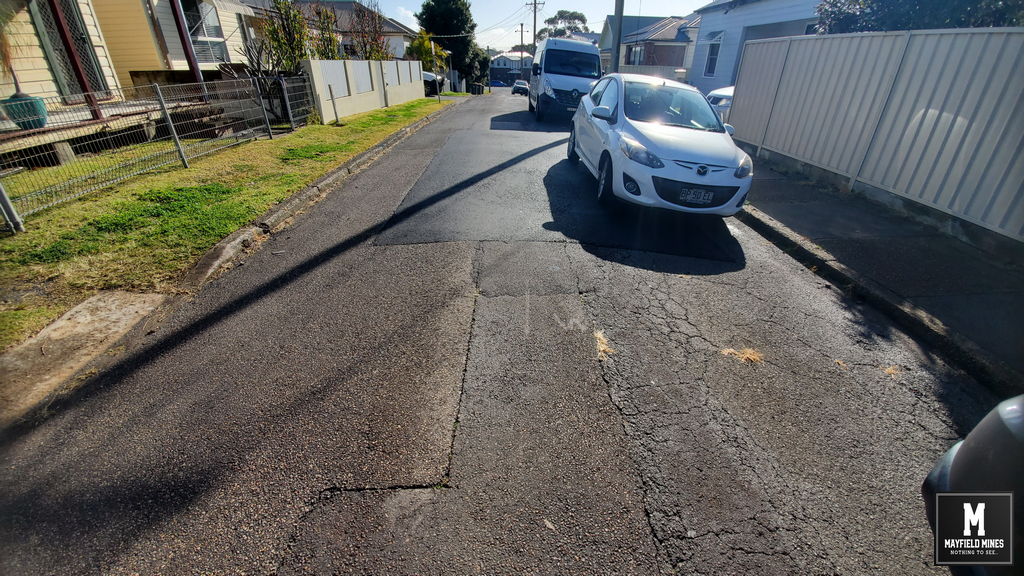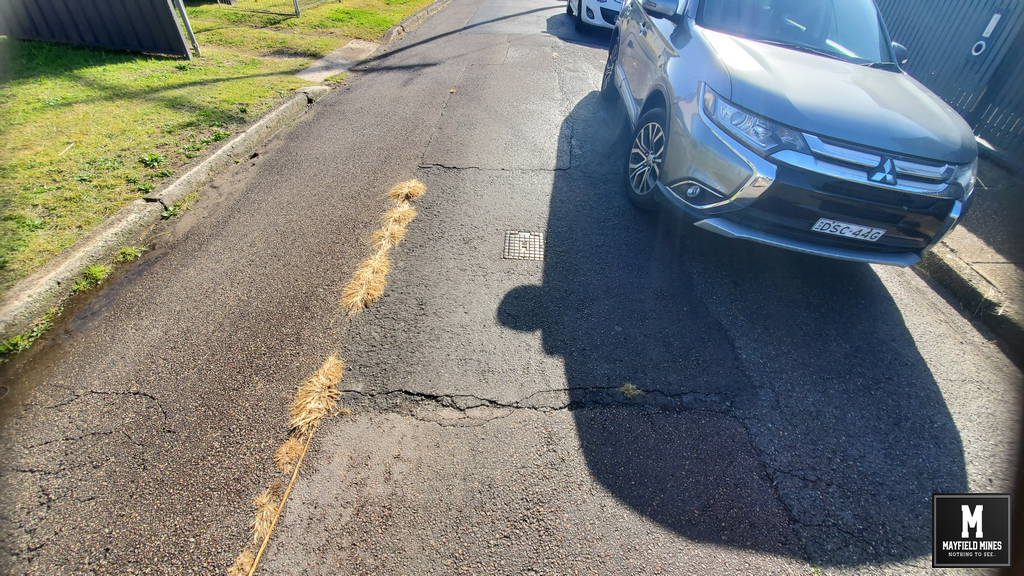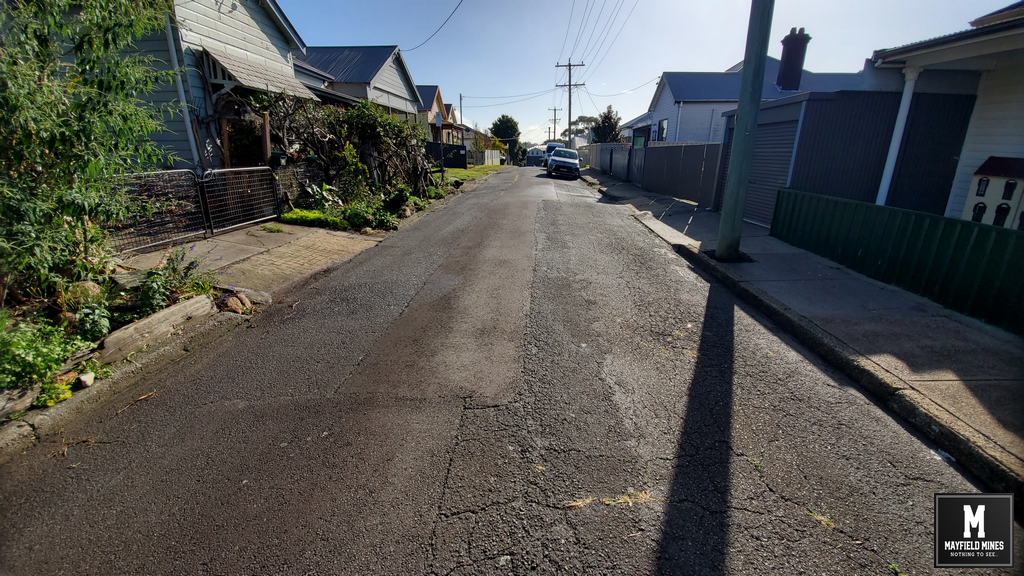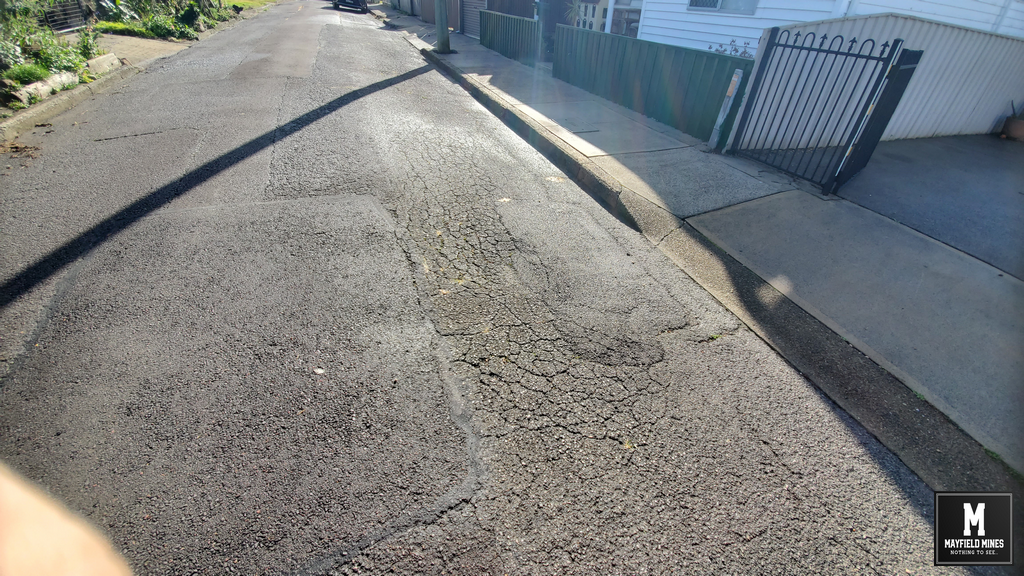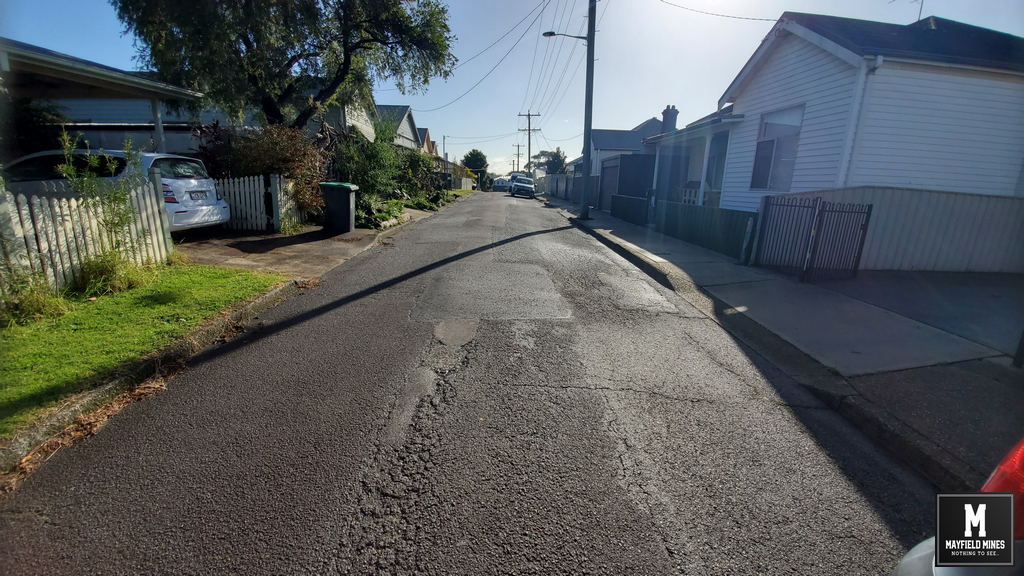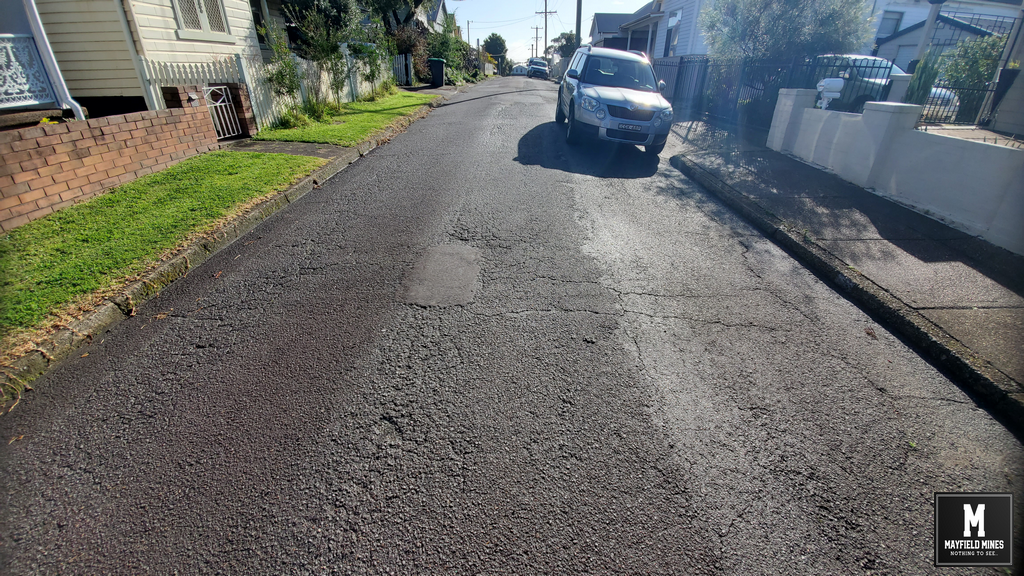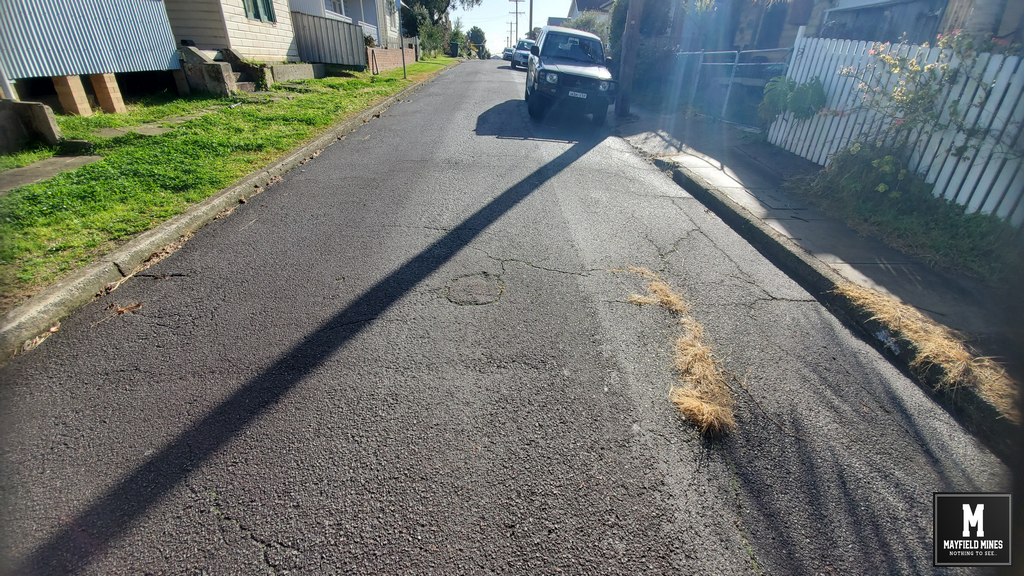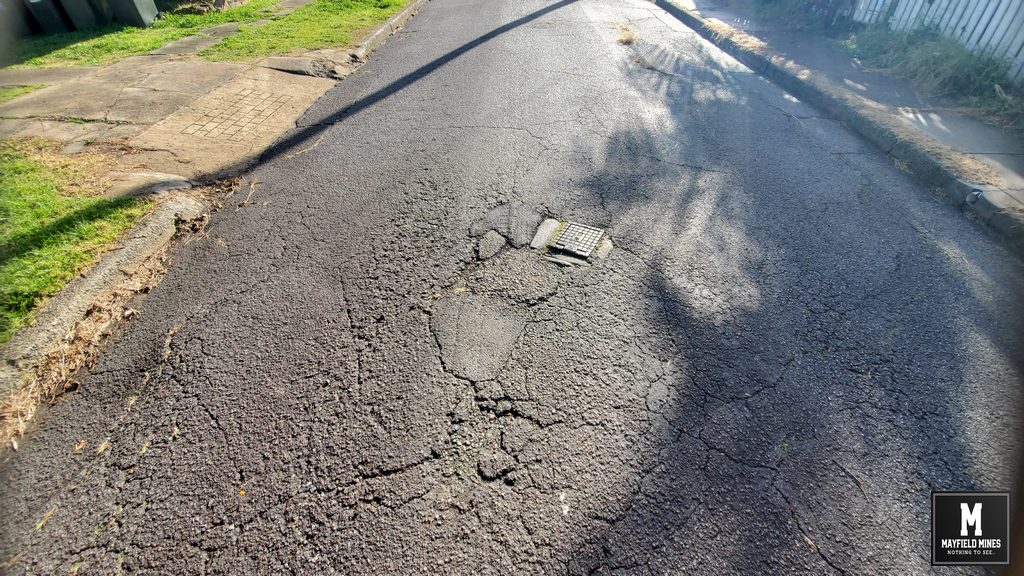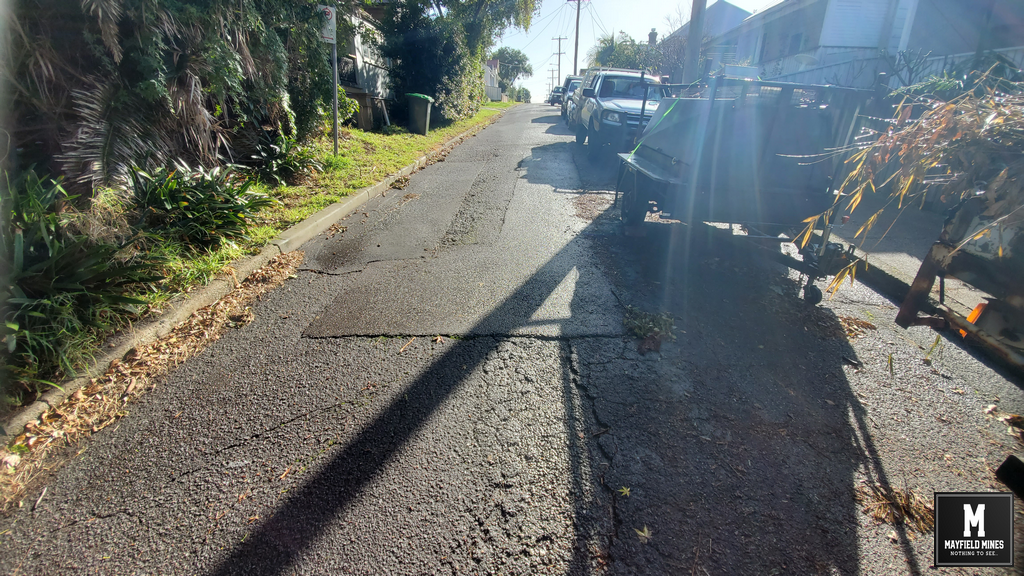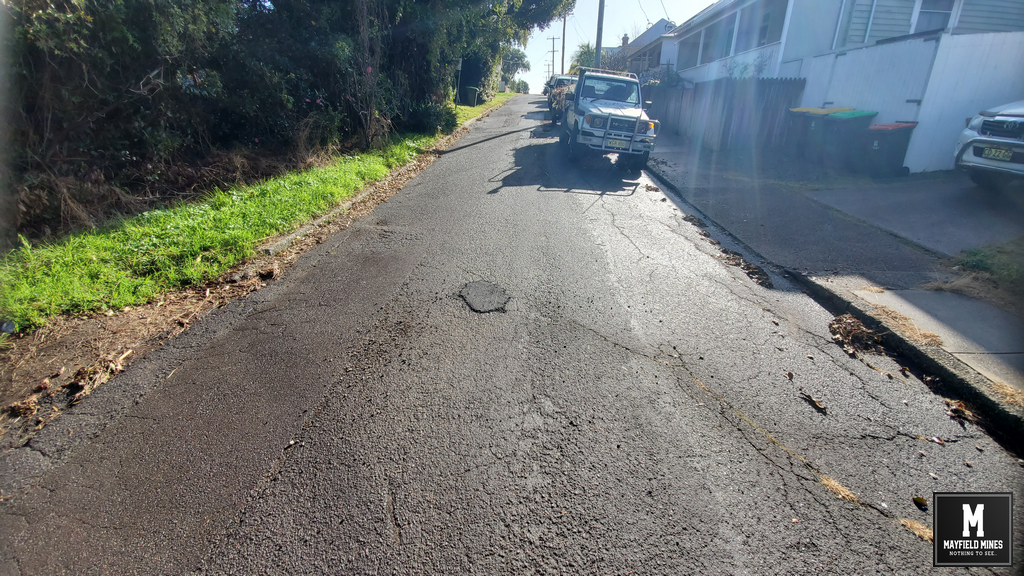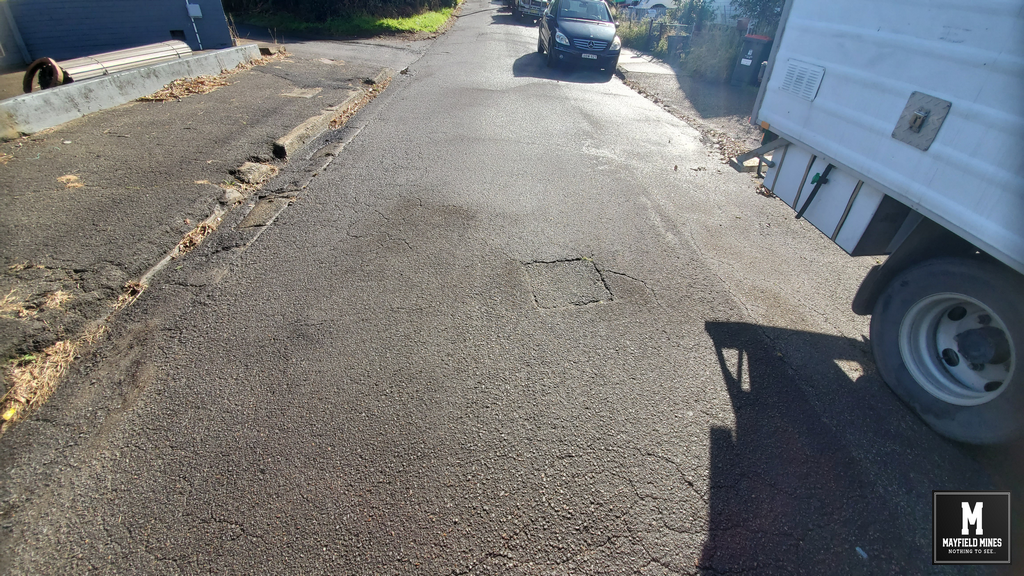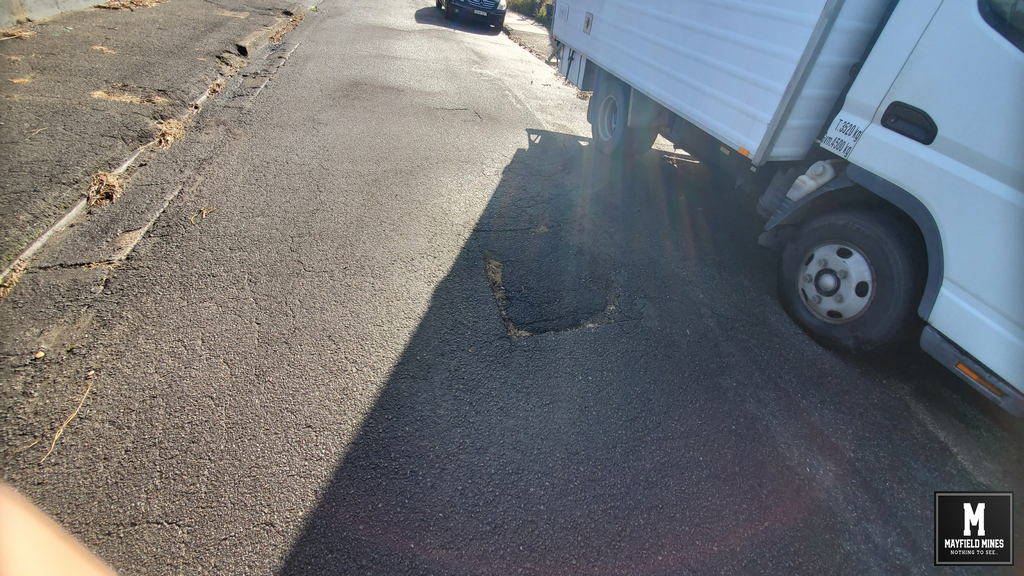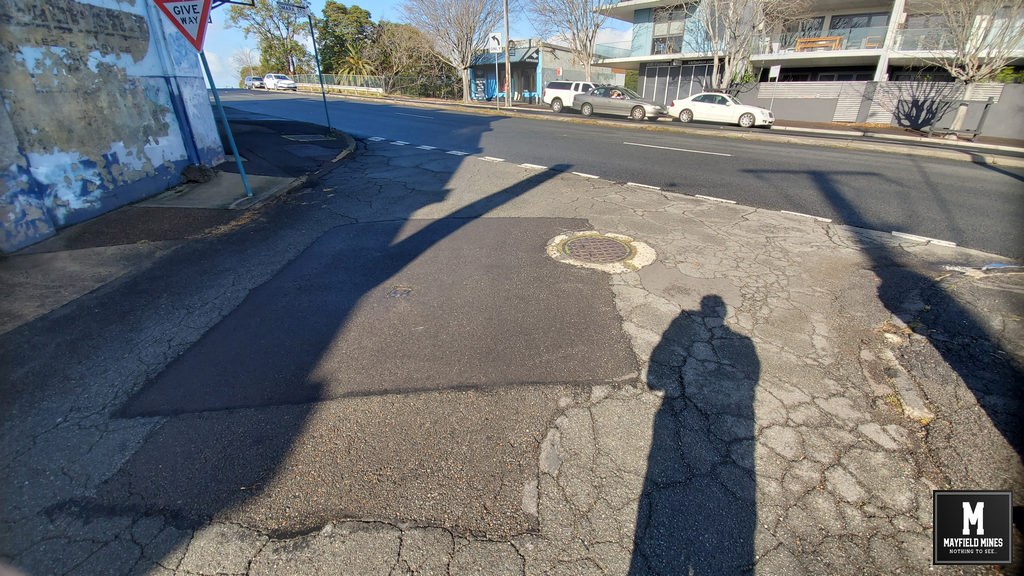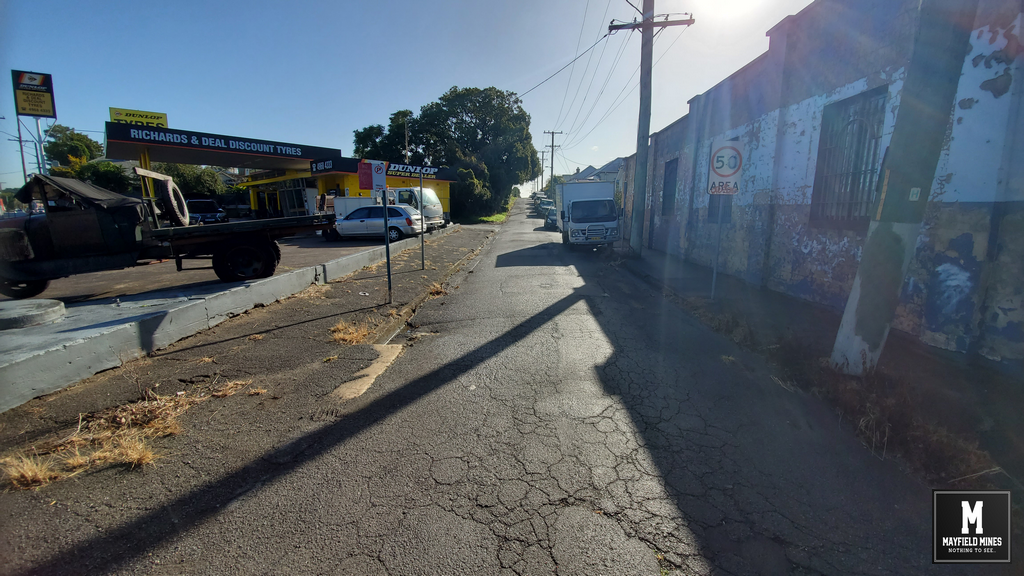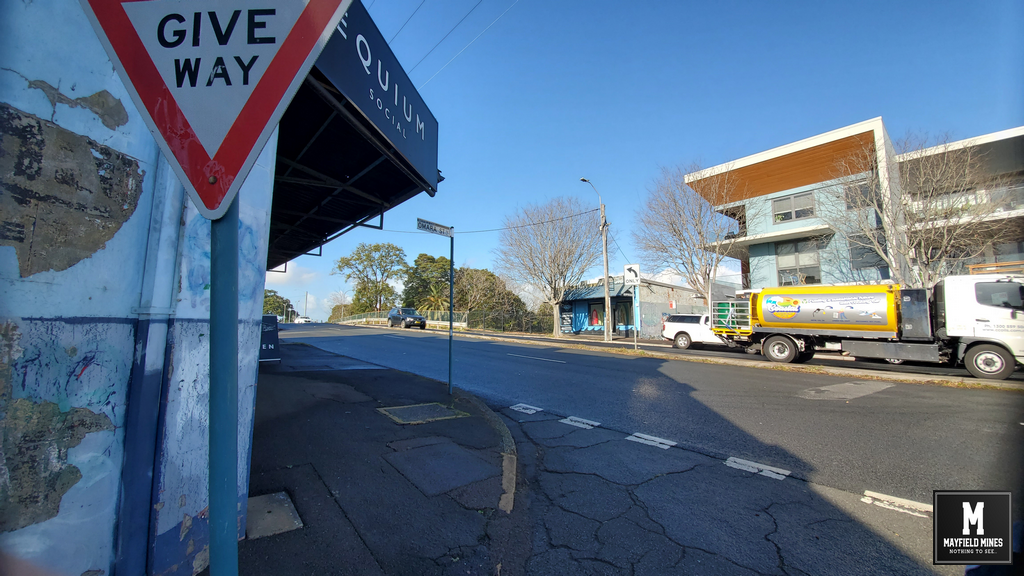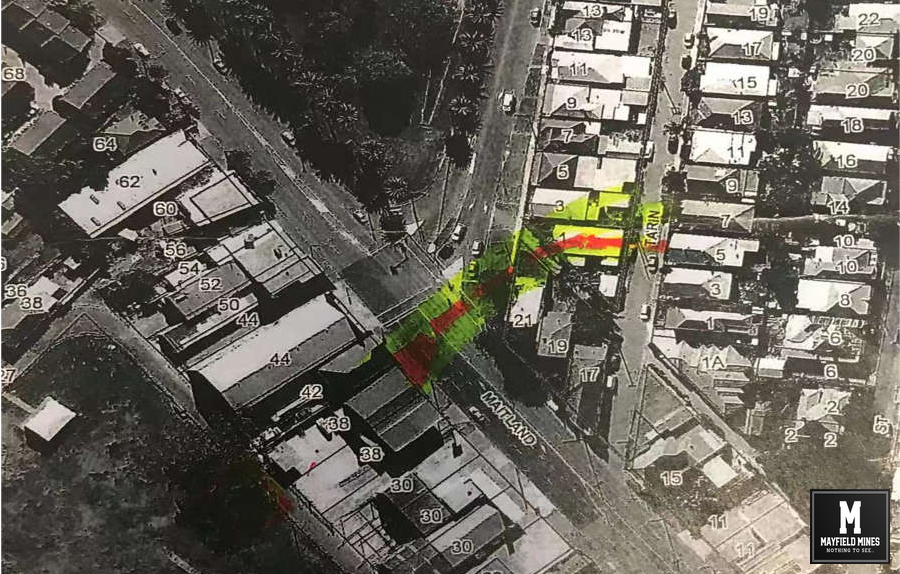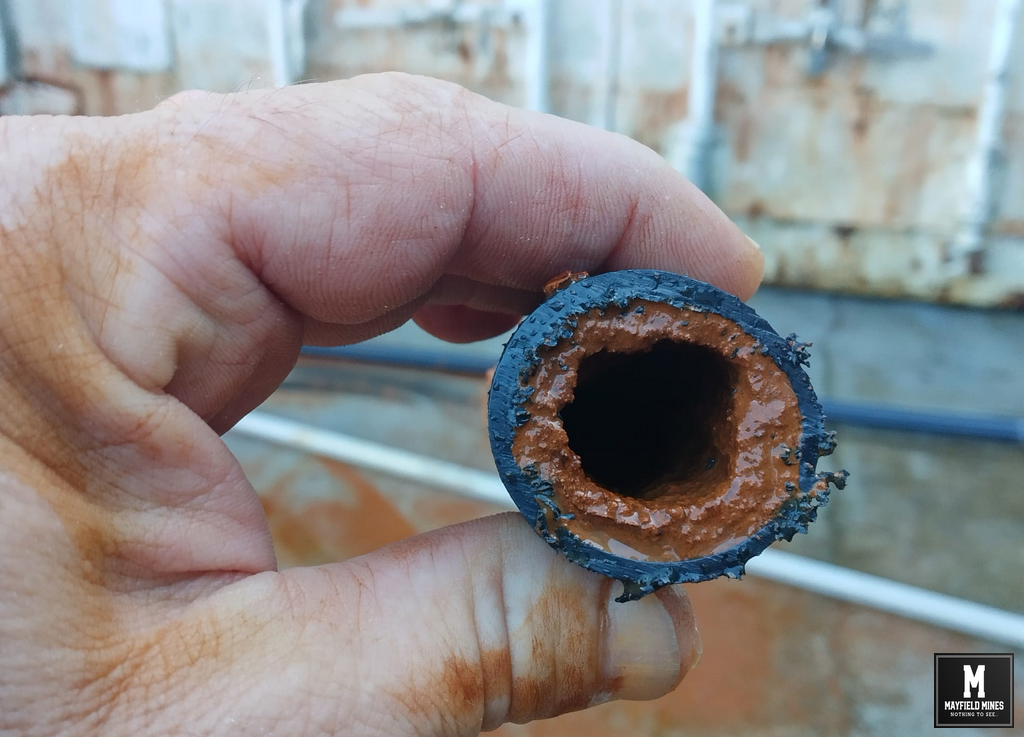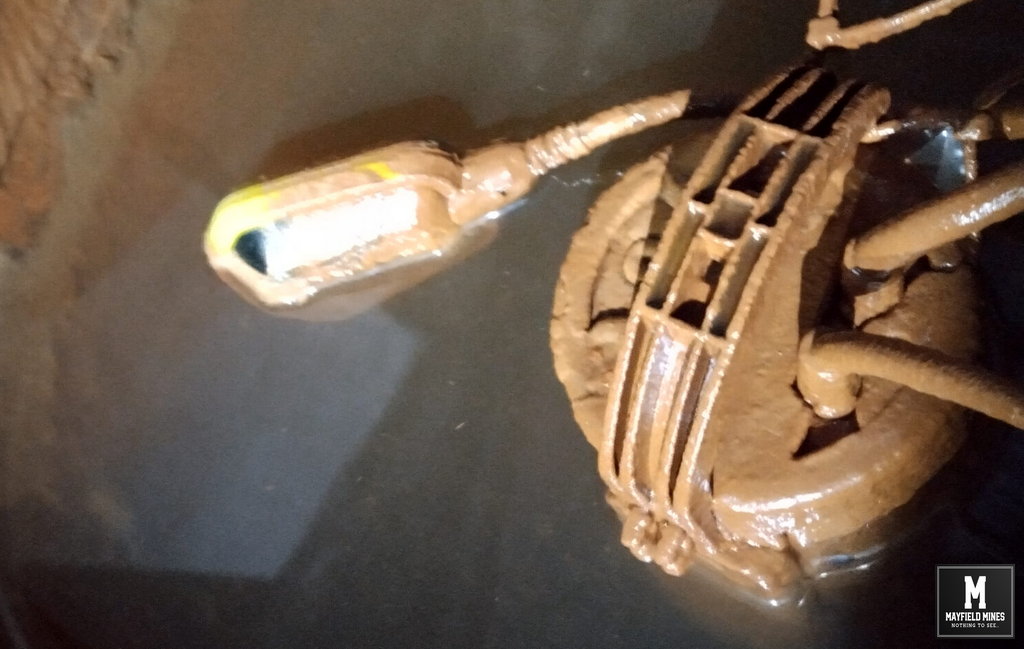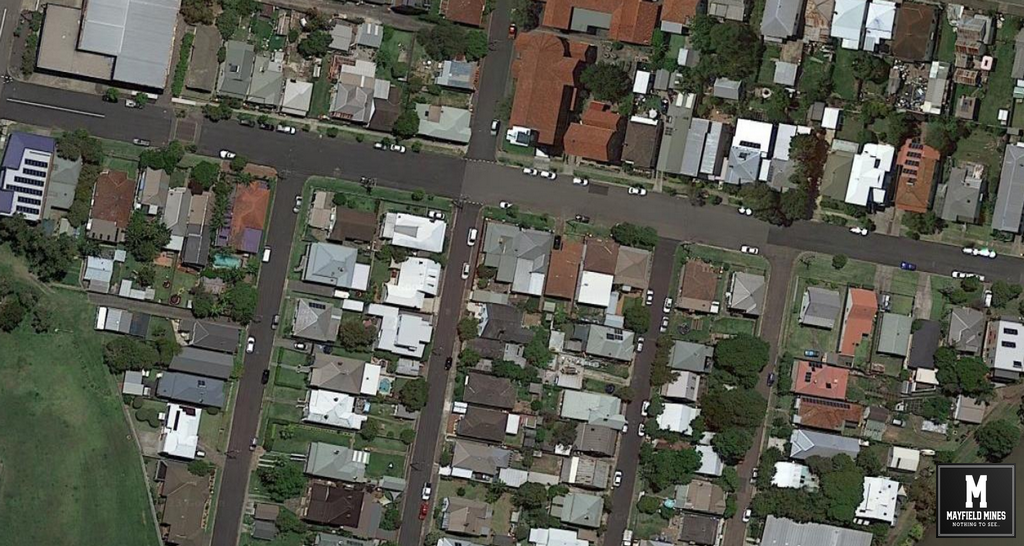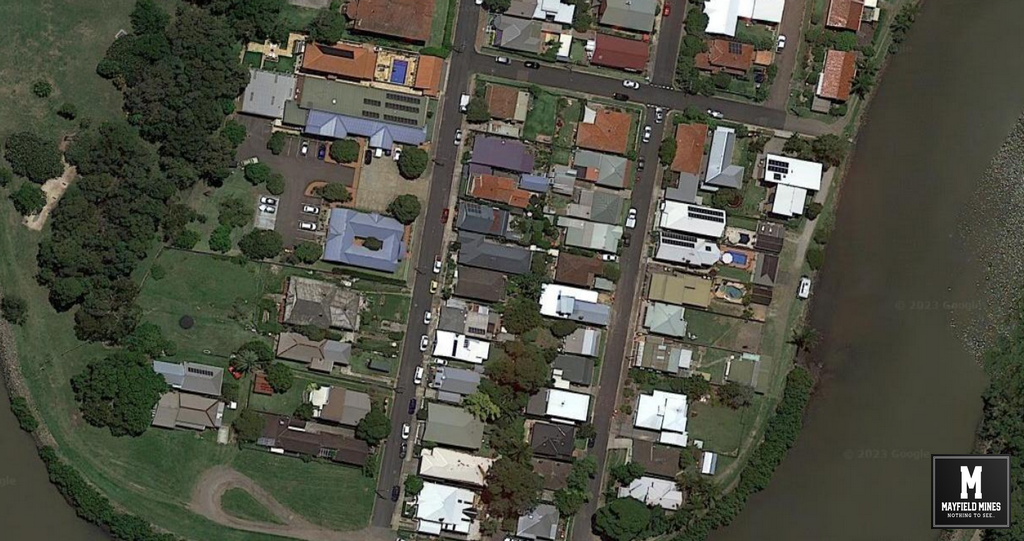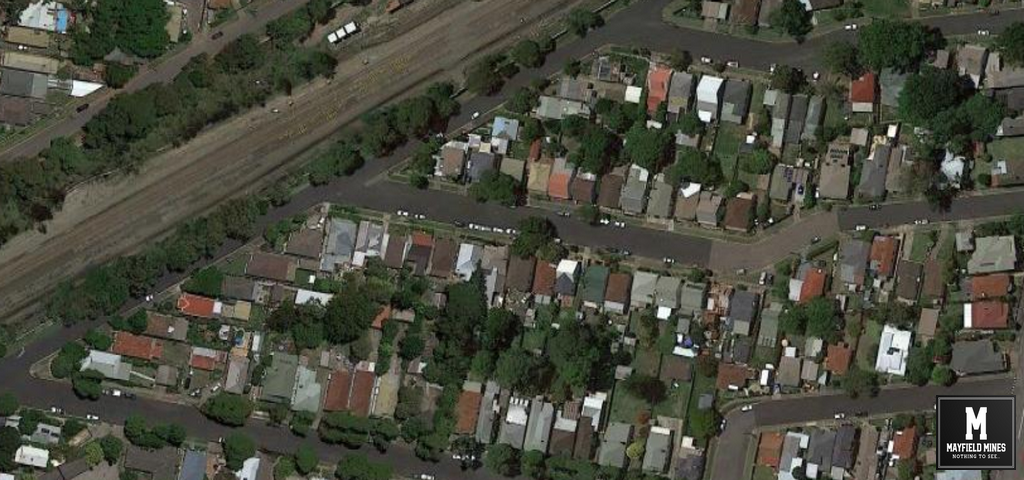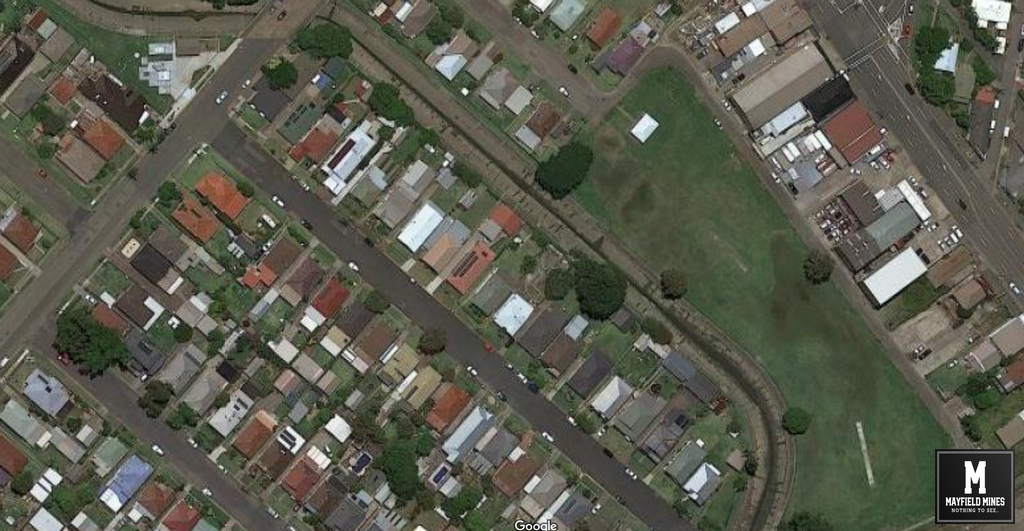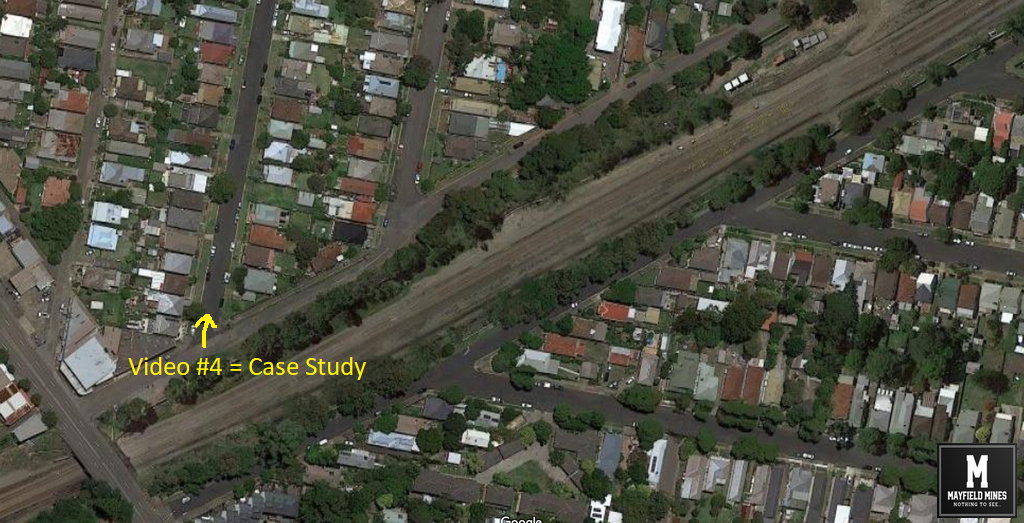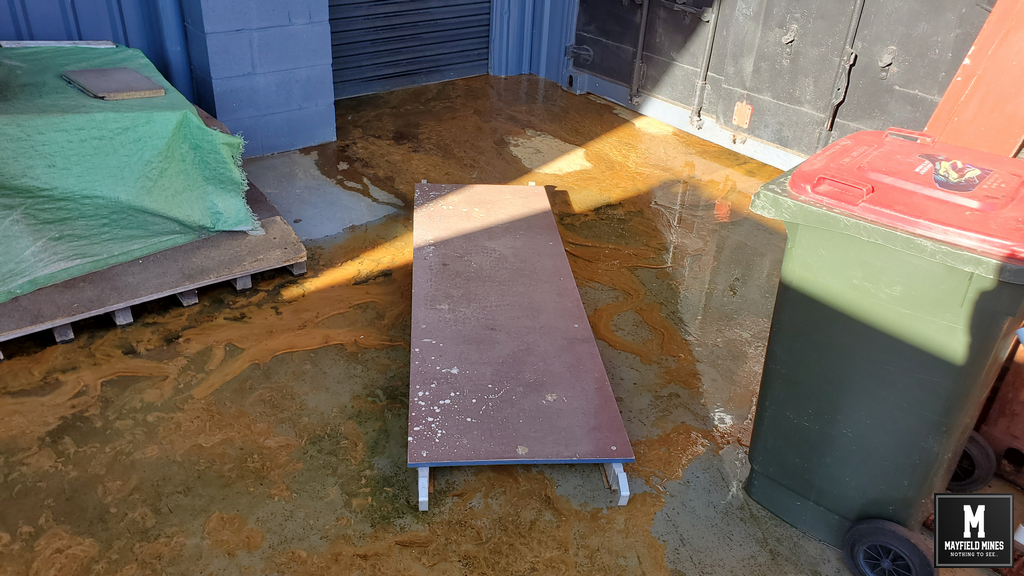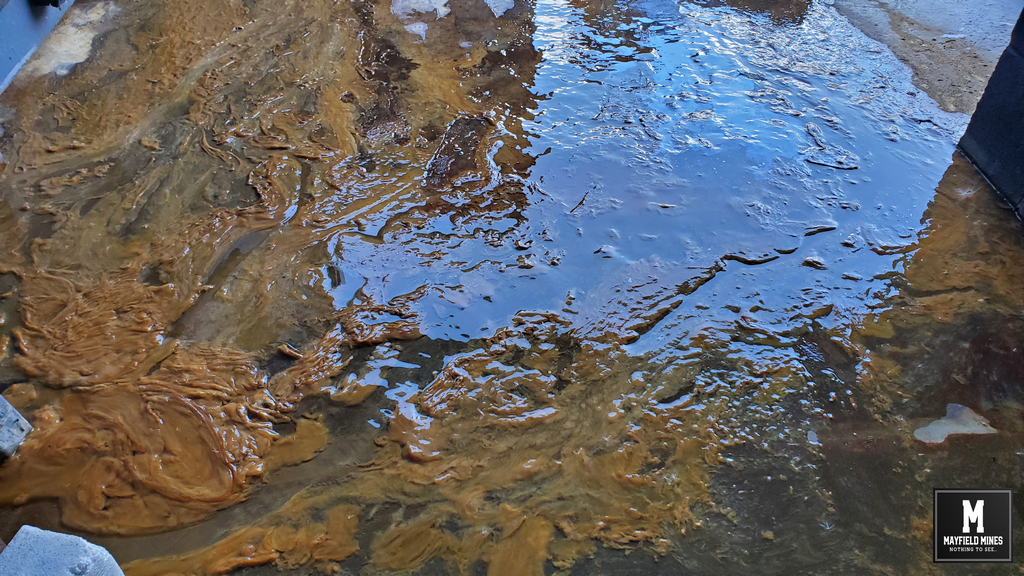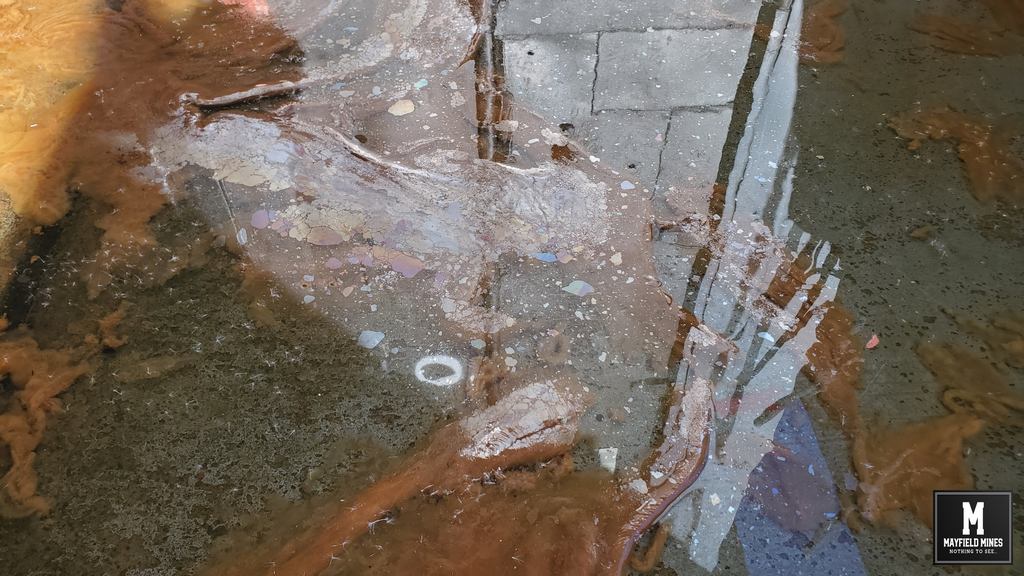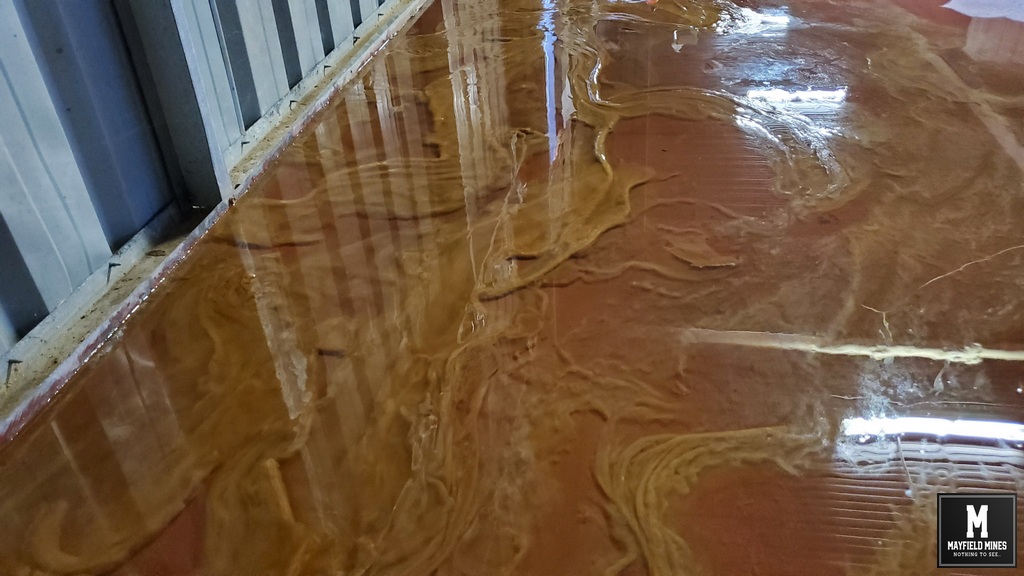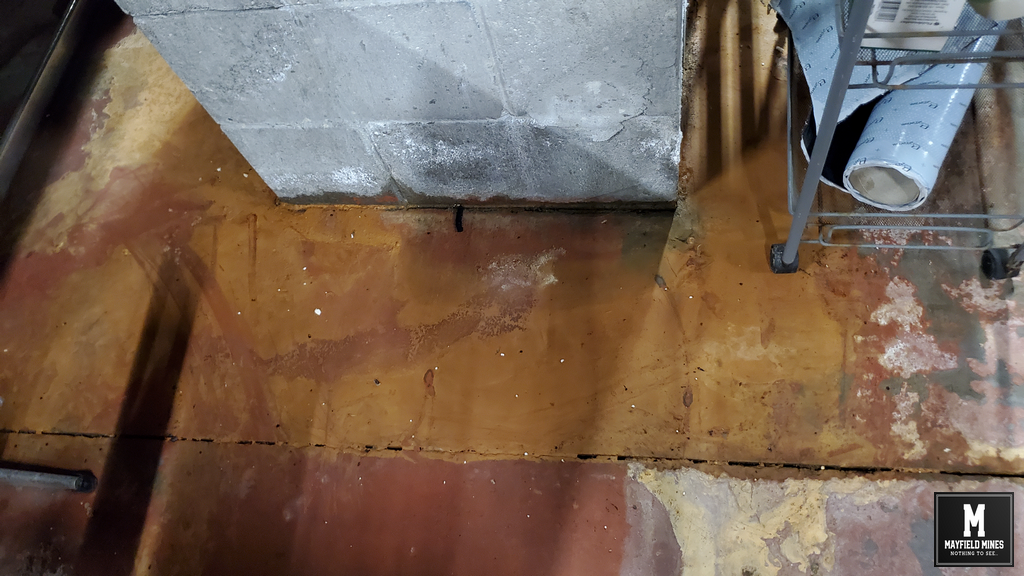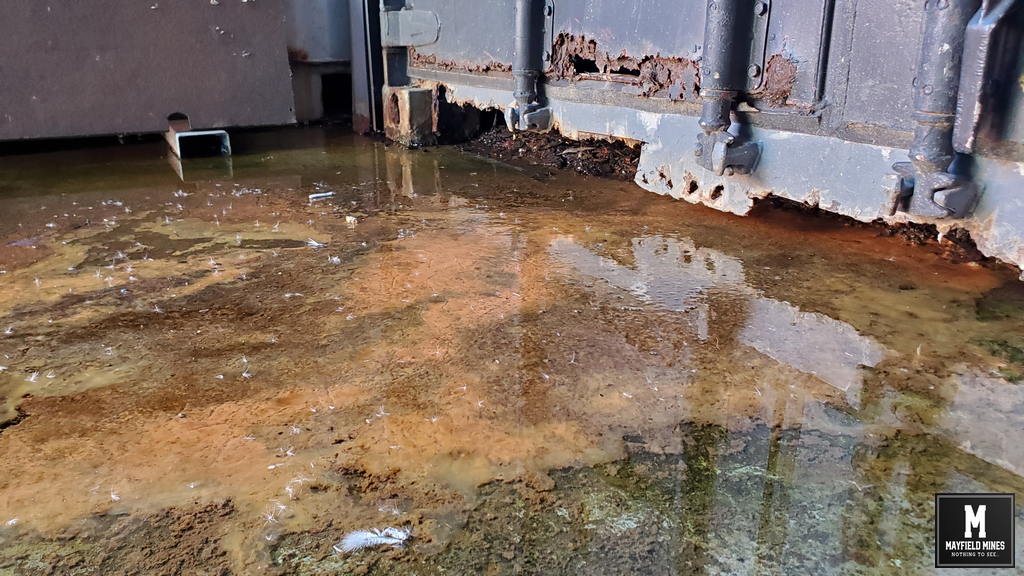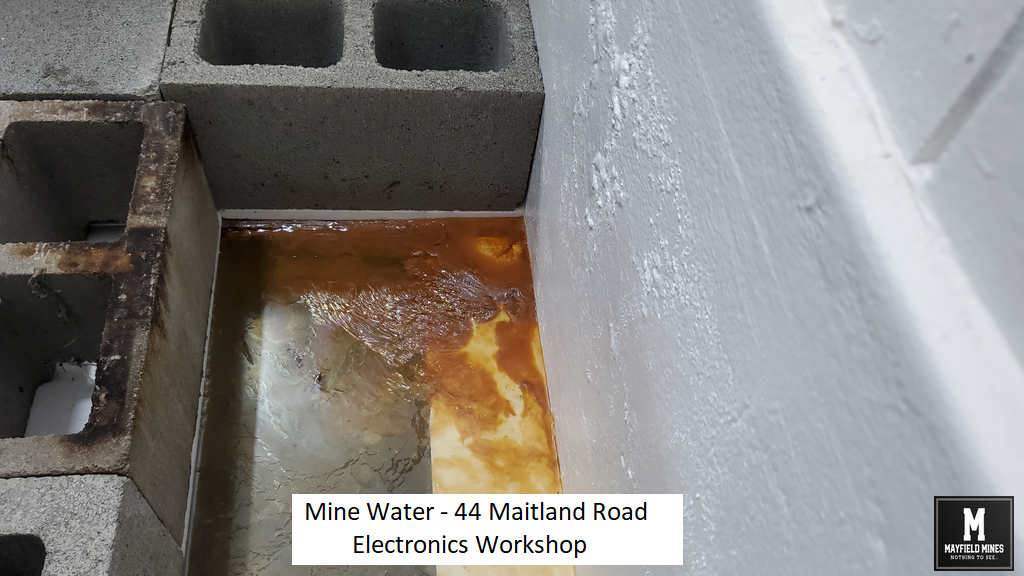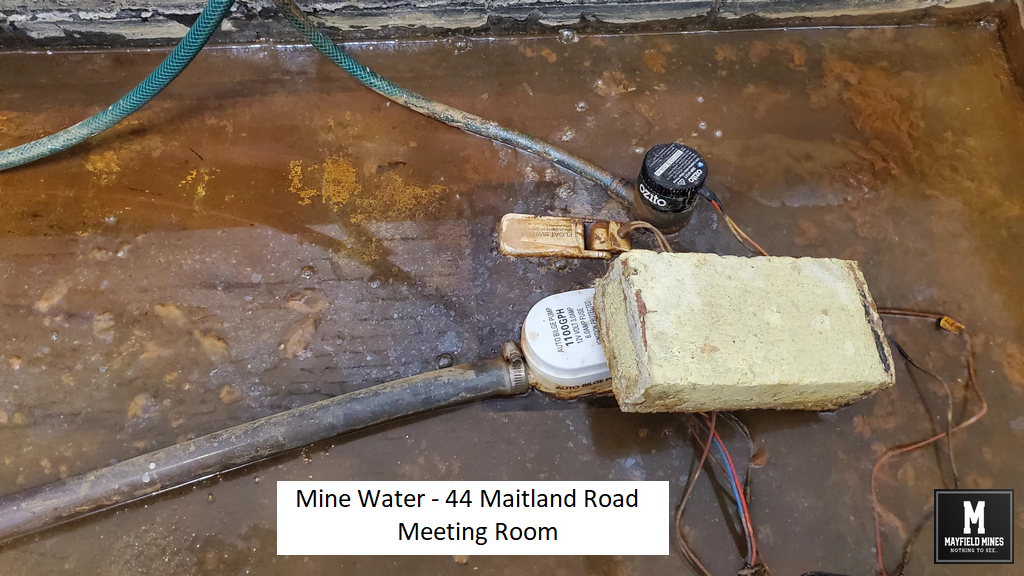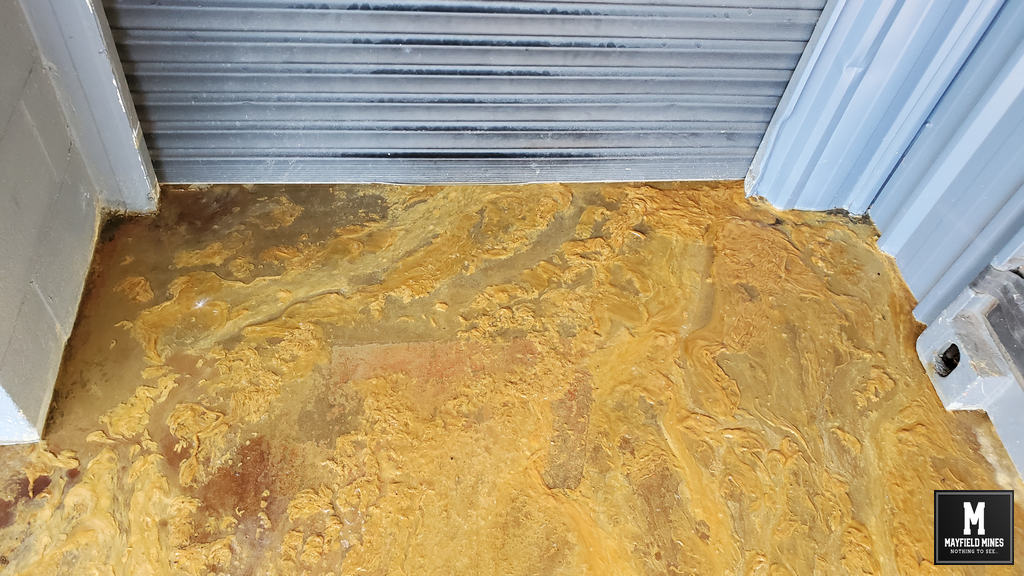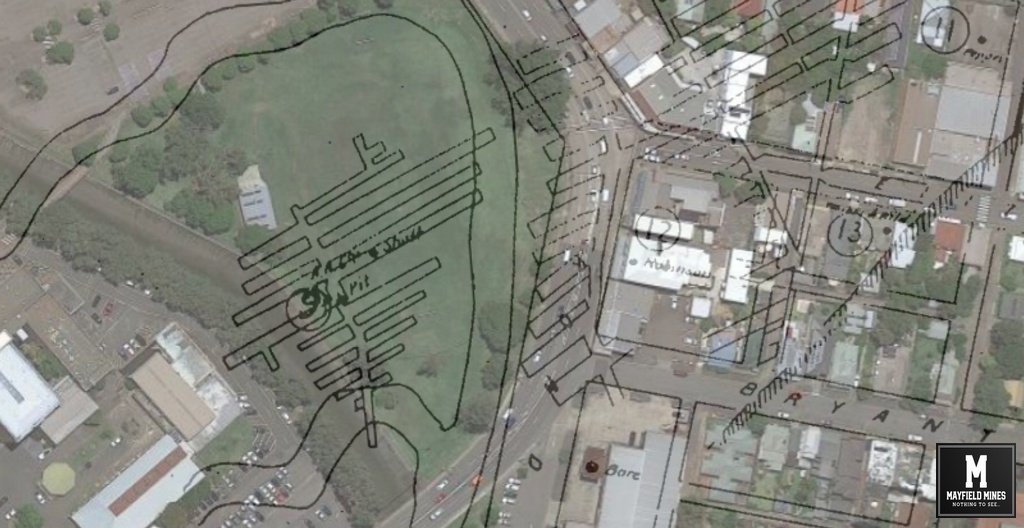If you have been following our problem on mayfieldmines.com, you would understand that the abandoned mine network in Mayfield is full of water, and everytime extra water enters the network, it pushes the water out from mines under Maitland Road into our buildings.
In 2020, a Legacy Mines NSW Report suggested broken Hunter Water pipes on Clara Street Mayfield were a significant factor in water flows into our buildings. During their 4 month investigation, Legacy Mines were taking regular water readings inside the abandoned mines. Legacy Mines drilled a bore on Clara Street as part of their investigation. During their work they noticed that the street had recently been repaired, and after investigation, they found that a garbage truck has subsidence on the street exposing a Hunter Water leaking water pipe. After the pipe was repaired, the water flow significantly dropped.
Professor Fityus suggested that water from broken pipes is entering the abandoned mine network and flowing into our properties. He wrote;
Comparison of the date of the repair with the seepage flow data reveals a perfect coincidence between the date that the repair was made and the data that the seepage rate made a sudden reversal and began to decline rapidly. To assess the plausibility that the leaking main could be the primary driver of seepage flows in thehttps://www.mayfieldmines.com/broken-hunter-water-pipes-ingall-street-direct-correlation-water-flows-office/?preview=true area, the dial before you dig service was used to ascertain the nature of the water mains in Clara Street. It determined that the pipe was an old style cast iron, concrete lined pipe, approximately 80mm in diameter, and connected to a larger main at either end.
Based on the water pressure in the area and the length and internal diameter of this pipeline at the location of the break, it is estimated that when intact, the flow through the pipe might be quite low most of the time, and probably less than 60 litres/minute in most circumstances. However, if there is a complete break, and the break is supplied with water from both directions, the maximum flow in this pipe could be in the order of 600 to 1000 litres/minute. If the break is not complete, such as in the case of a leaking joint or corrosion hole, then the flow will be less than it is for a complete break, but it depends on how big the hole is. It is plausible, however, that the pipe could be leaking as much as several tens of litres per minute (enough to feed the observed seepages at #38 ‐ #44), without there being a noticeable effect on the local supply or the water leaving the supply system; that is, it could occur un‐noticed for an indefinite period of time.
Upon inspecting the site of the repair 2 days later, there was no evidence of any muddy outwash from the site of the break, however traces of clean construction sand were still evident around the margins of the hole, suggesting that water from the leaking pipe was lost into the ground and did not produce significant volumes of outwash at the surface.
In July 2023, there are many broken Hunter Water pipes in Mayfield East which are directly opposite our buildings. Recently, the MP for Newcastle, Tim Crakanthorp asked Hunter Water water to investigate the increased water flow into our premises that has resulted in new water locations within the internal buildings (here and here). Hunter Water found a number of broken assets. In this video, we show another example of direct correlation between water running and slowing/stopping in one of our buildings – this time, broken Hunter Water pipes along Ingall Street which we believing were feeding extra water into the abandoned mines, with water then flowing into our meeting room on the ground floor of 44 Maitland Road Mayfield. Once Hunter Water repaired the Ingall Street broken Hunter Water pipe, water stopped flowing from the wall cavity.
